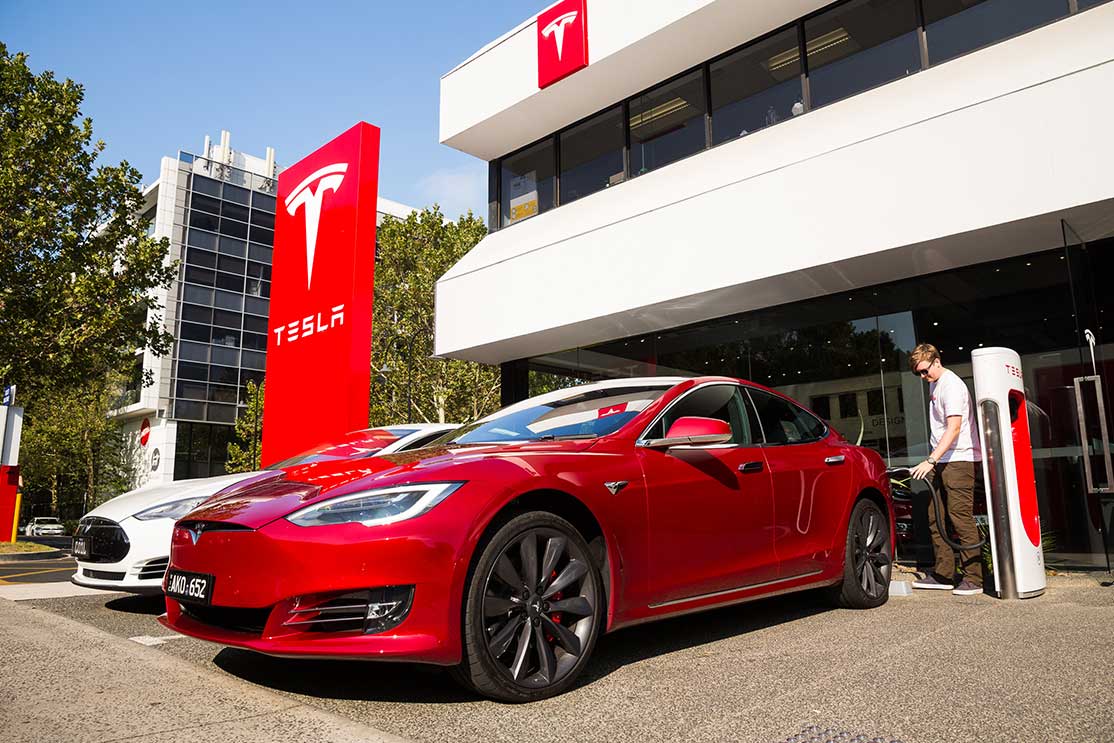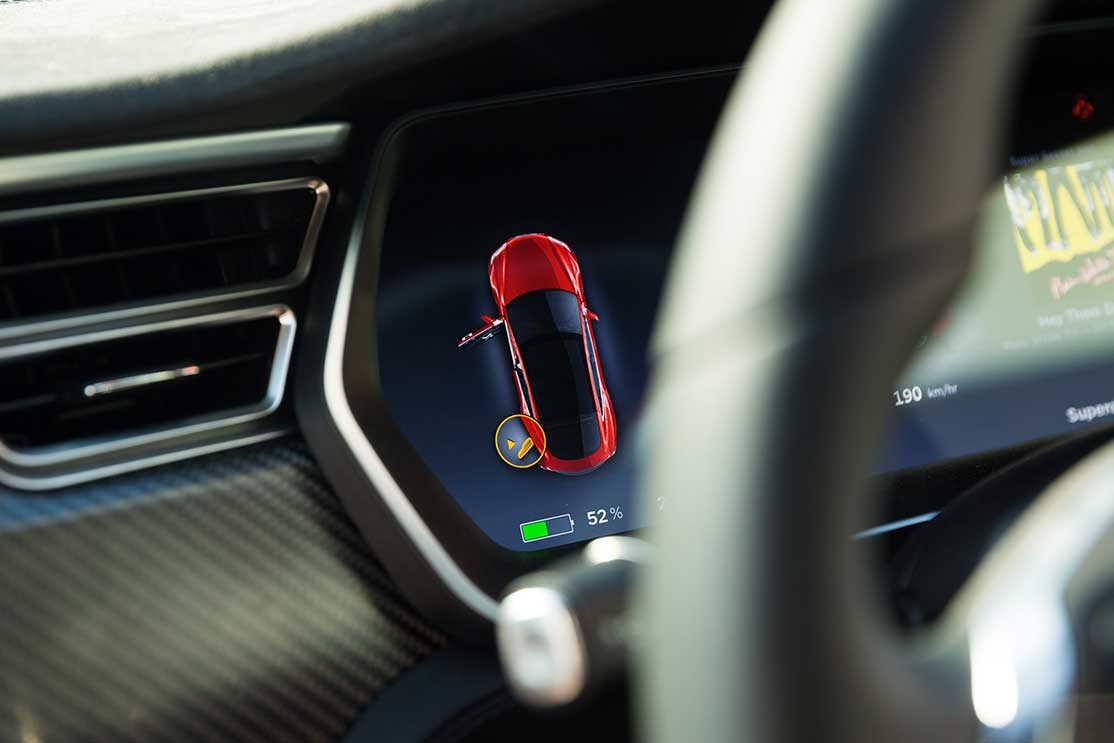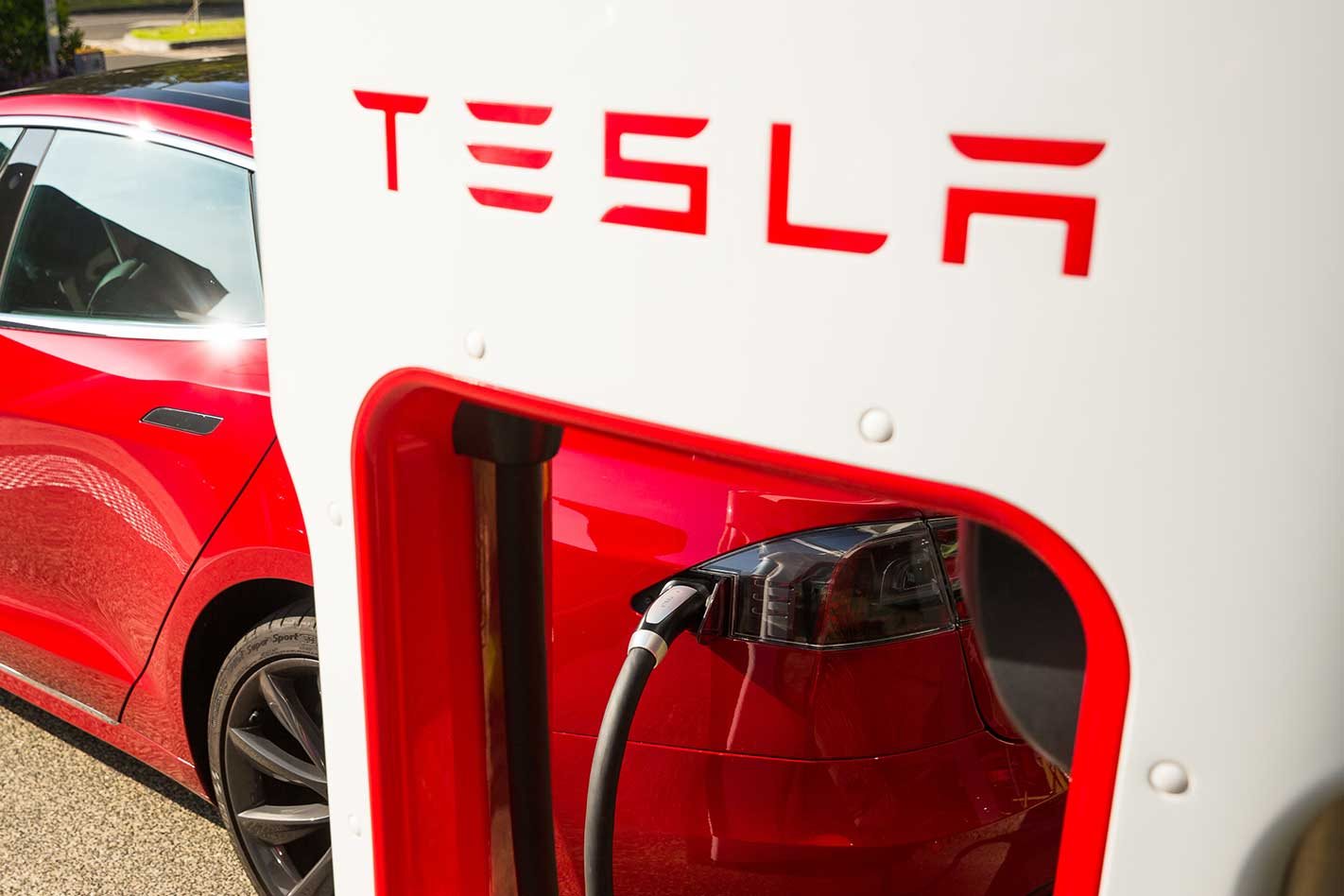ONE of the biggest perks an electric vehicle has over a combustion-engined equivalent is it can be charged at home while everyone else has to go line up at a servo like a chump.
This convenience is a large selling point, and something Wheels has covered extensively (we even had a long-term Holden Volt and a Nissan Leaf back when they were fresh). But what if you don’t have that luxury? According to the Australian Bureau of Statistics, in 2015 almost one in three Australians – 31 percent – rented their home. I count myself among that lot, and if current trends in housing affordability continue, that percentage will only rise.
The high number of renters versus owners poses a difficult question for the implementation of EVs in Australia: how do people in some rental properties home-charge an electric vehicle. Some will have few issues – namely those renting detached or semi-detached houses with garages – but others may struggle if their landlord isn’t sympathetic to electron-based motoring.
Even homeowners with street-only parking or those in high-rise apartments will have issues with charging at home.
Which brings us to the Model S P100D we are testing.

Tesla offered to install one of its home wall chargers at the Wheels office so we could sample something approaching the ideal ownership experience. The people paying more than a quarter of a million dollars for this car will doubtless have a home charger installed, but this Tesla is, for us, a stand-in for all EVs. Soon, not all electric cars are going to be megadollar luxury items, and regular Joes and Janes will have EVs within their lower-income grasp – even those who rent their houses. They, like me, will be at the mercy of public charging infrastructure.
Of the manufacturers offering fully electric vehicles, Tesla owners have the best support. The brand’s Supercharger system is available to use (free for early adopters, a small fee for new owners) and pump juice into the batteries at a relatively quick rate. It is nowhere near as swift as refuelling a conventional petrol or diesel car – not even in the same league – but is it fast enough to not be a drag on your everyday life?
After two weeks, in the two most congested and populous cities in Australia, yes. The more-than-500km range of the P100D means it could easily have done a fortnight’s worth of my regular commute on a single charge. But this wasn’t a regular commute, and I was averaging 200km a day. Despite all that, it wasn’t an onerous experience having to visit charging stations and spending anywhere from 15 minutes to an hour to top up the batteries.

What did require effort was planning. Each day I would have to figure out where I was travelling, how much charge I would have left at the destination and whether I’d have time to drop by a Supercharger. Each day’s movements needed to be carefully thought out to ensure I didn’t find myself out of charge and stranded. Thankfully, the Tesla’s satnav calculates how much charge is left at the end of a trip, and knows the location of every destination charger and Supercharger station in Australia. Without this, the process would be a headache.
But in the real world, owning a Tesla and charging exclusively with a Supercharger wouldn’t be a deal breaker, for myself at least. There were always spaces available, and it was nice to plug the car in and either go for a walk, sit in a park and read a book or get a bite to eat. On the flip side, you can’t charge a Tesla through a non-Supercharger public charging station: the plug simply won’t fit unless you spend more to buy a special adapter.
While it is less convenient than refuelling a conventional car, living without a home charger and owning an electric vehicle aren’t mutually exclusive. However, when EVs do become more attractive to mainstream buyers, it will be paramount that the infrastructure is ready, and Tesla hopefully won’t be the only manufacturer with a convenient quick-charge option. Without that, EVs will struggle to find favour among the renters, apartment-dwellers and street parkers of Australia.






